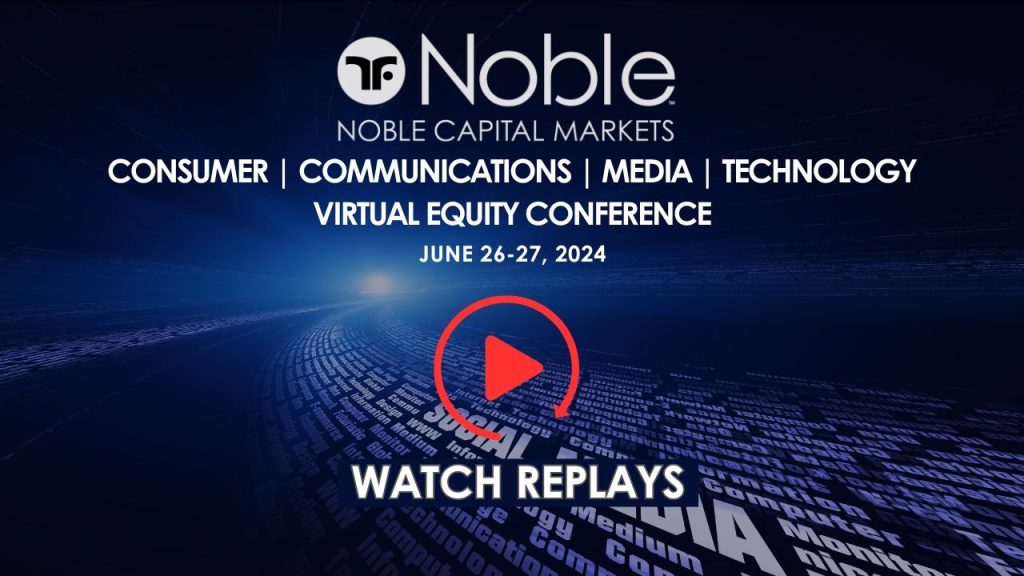| Key Points: – A new partnership with Microsoft is set to further enhance C3.ai’s ability to deliver enterprise AI solutions at scale. – Fiscal Q2 revenue is projected to grow up to 28% year-over-year, continuing a six-quarter acceleration trend. – C3.ai’s success underscores the growing potential for smaller-cap AI companies leveraging strategic partnerships to disrupt traditional industries. |
C3.ai, a pioneer in enterprise artificial intelligence (AI), is positioned for significant growth as its fiscal second-quarter earnings for 2025 approach on December 9. The company has recently announced an expanded collaboration with Microsoft, further solidifying its role as a leader in delivering AI solutions at scale. This new partnership will integrate C3.ai’s powerful suite of AI applications with Microsoft Azure, providing seamless access for Azure users. By leveraging Microsoft’s extensive global reach and cloud infrastructure, C3.ai aims to simplify AI adoption for enterprises across diverse industries, enhancing its ability to meet growing demand.
The announcement underscores the importance of strategic alliances in the rapidly evolving AI sector. For C3.ai, partnerships have long been a cornerstone of its strategy, as evidenced by existing relationships with Amazon Web Services and Google Cloud. These collaborations enable the company to offer scalable, user-friendly solutions like inventory optimization, predictive maintenance, and supply chain analytics to a wide range of industries, including manufacturing, financial services, and energy. The partnership with Microsoft elevates this approach, offering additional co-marketing opportunities and joint customer engagements that could significantly expand C3.ai’s customer base.
C3.ai’s journey highlights a broader trend within the AI industry, where smaller-cap companies are leveraging partnerships to carve out their niches and drive adoption. Companies like BigBear.ai, SoundHound AI, and Veritone are adopting similar strategies to gain traction in specialized markets. For example, BigBear.ai’s focus on AI analytics for defense logistics and SoundHound’s integration of voice AI in automotive and consumer electronics show how smaller firms can use partnerships to scale and innovate. These parallels reinforce the idea that C3.ai’s approach could serve as a playbook for other emerging growth companies in the AI space.
This momentum comes on the heels of C3.ai’s transition to a consumption-based pricing model, a strategic pivot that has significantly accelerated revenue growth. While the shift initially caused a slowdown as customers adapted to the new model, the benefits are now evident. The company has delivered six consecutive quarters of revenue growth acceleration, with its fiscal first quarter of 2025 generating $87.2 million—a 21% year-over-year increase. Projections for the second quarter suggest revenues could climb as high as $91 million, reflecting a year-over-year growth rate of up to 28%. This continued momentum highlights the growing demand for C3.ai’s AI solutions across multiple sectors.
Despite its strong performance, C3.ai’s stock remains undervalued, trading at a price-to-sales ratio of 9.7, well below its historical average of 16.1. If the company’s upcoming earnings report exceeds expectations, the stock could rally significantly, potentially regaining a valuation more aligned with its long-term average. This potential upside is particularly compelling given the broader market opportunity in AI, which Bloomberg estimates will reach $1.3 trillion by 2032. C3.ai CEO Thomas Siebel has likened the AI revolution to transformative technological shifts like the internet and the smartphone, emphasizing the long-term value this sector could deliver.
The expanded Microsoft partnership, accelerating revenue growth, and increasing demand for enterprise AI solutions position C3.ai as a key player in this multiyear technological evolution. As its financial results and partnerships continue to evolve, C3.ai represents not just a compelling individual opportunity but also a broader reflection of the transformative potential of AI in reshaping industries and creating new market leaders. Investors eyeing the December 9 earnings report will find themselves at the intersection of innovation and opportunity, watching a leader in the space solidify its position while paving the way for the next wave of growth in enterprise AI.
















